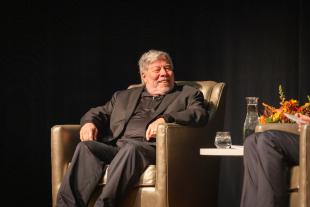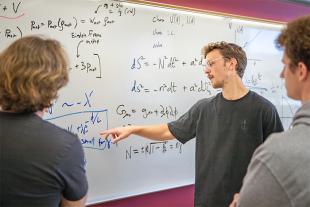Beyond COVID: In the Research Lab, the Fight Against Other Deadly Diseases Continues
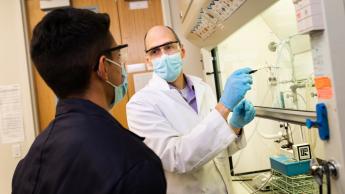
Professor Scott Eagon works with student researchers in his chemistry lab. Photo by Joe Johnston.
When Julia Gibbs and Neil Viswanathan first walked into professor Scott Eagon’s chemistry lab last winter, they couldn’t have predicted how the world would change around them.
But a year later, as a pandemic swept across the world, the pair are conducting research to find potential treatments for two terrifying diseases that aren’t new — Ebola and anthrax. These diseases continue to cause severe infections and fatalities in developing countries, particularly in young children.
Gibbs and Viswanathan are two of 18 student researchers in Eagon’s undergraduate research lab, all of whom are broken into teams. They’re currently working with an older anti-malarial medication called amodiaquine that was recently discovered to also help fight the two diseases. Their day-to-day work consists of making slight changes to the molecules in the drug to see if it makes the medicine more effective at reducing the severity of the symptoms.
“What we’re trying to create is called a library of drug candidates,” said Eagon, an associate professor in the Chemistry and Biochemistry Department. That means they try to build drugs that are similar to amodiaquine, but not exactly the same, and see if there are any that look particularly promising.
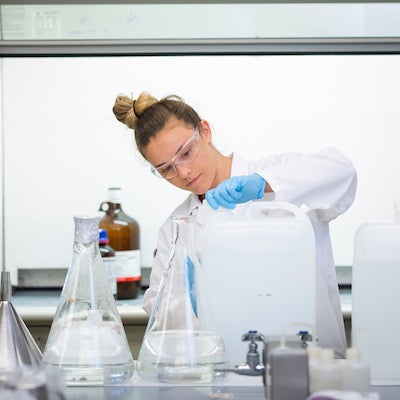
“You’re using the material that you’ve learned in class and applying it to the real world” Gibbs said. “It makes you feel super comfortable in the lab.”
Eagon had initially tried to do some virtual lab work at the start of the pandemic, but it was tough to translate the lab into a virtual environment.
“Chemistry is a physical skill, like glassblowing or carpentry. You have to use your hands,” Eagon said. “Of course, we want to do it safely, and we’re all very thankful that we can safely come back together.”
When Viswanathan and Gibbs were first assigned to look into the project, Viswanathan was really excited about the synthesis aspect of it.
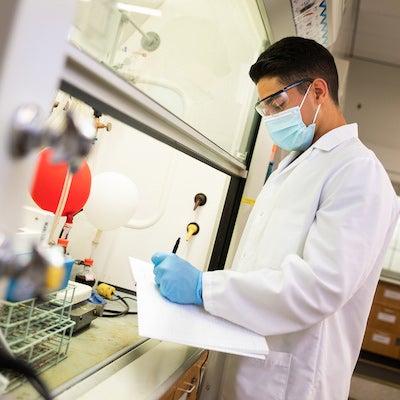
“He [Eagon] said right up front this project is completely trying to synthesize [new] molecules. We don’t know if the chemistry is going to work. It’s really hard,” he said. “The previous members were really struggling with it, and you probably won’t find a lot of success in doing this project.”
But despite the challenges, Viswanathan says, “I’m just loving what we’re doing. We’re actually finding a lot of success.”
Eagon’s student team sends their findings to Dr. Mikhail Martchenko Shilman, a faculty member at Keck Graduate Institute, who then conducts preclinical trials. It’s a long road to find even one compound that could potentially work.
“Usually, the number we give is that for every million compounds someone like me makes, only one of them actually makes it to the hospital and gets prescribed,” Eagon said. “I could spend my entire life here at Cal Poly and never actually get something that works its way into the clinic, but it takes a lot of people to get to a million compounds and we’re a part of that worldwide effort."
Gibbs said working in Eagon’s lab has helped her grow her network of connections.
“Dr. Eagon is super. He makes you feel very welcome and comfortable in the lab and I’ve just learned so much,” she said. “I’ve always felt very happy to be there.”
Both Gibbs and Viswanathan said they find this work impactful, and a step toward their future goals — Gibbs, a biochemistry major, is considering either medical school or industry research and drug development, while kinesiology major Viswanathan is planning to go to medical school and become a doctor.
“This lab in particular is an opportunity to do something that’s greater than myself,” Viswanathan said. He acknowledges that the research, though conducted on a small scale, has the potential to eventually help people who contract the illnesses worldwide.
“In my own small way, I’m able to plug my students into the broader world of fighting infectious diseases,” Eagon said. “We publish our work. We publish our preclinical trials and we have student co-authors.
"The fact that they get that ability to contribute to that worldwide effort is what I find satisfying. Watching the students succeed is what makes me happy.”


